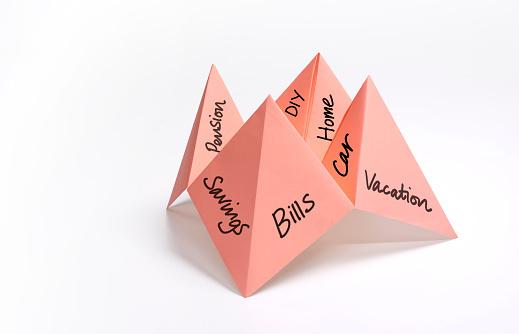
The average tax refund last year was around $3,000, according to the IRS. While it’s always a safe bet to squirrel this money away for a rainy day, there are other uses for your refund that are not only more fun and personally enriching, but also completely responsible. Here are our 10 best ideas for


